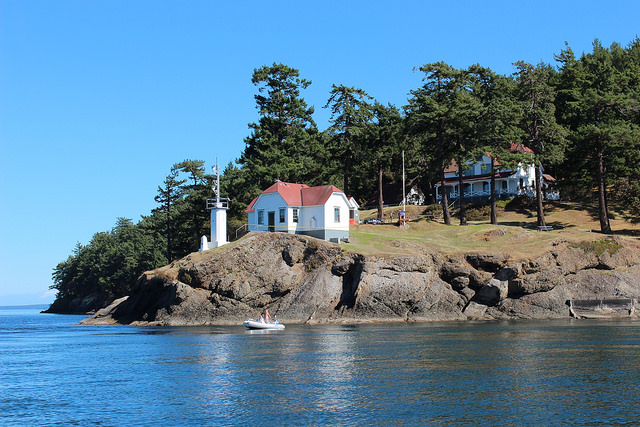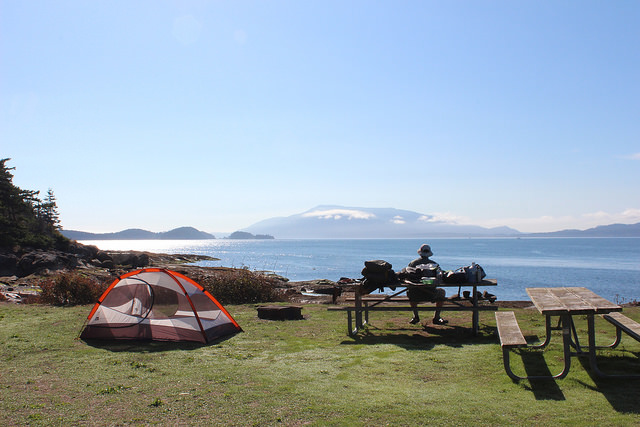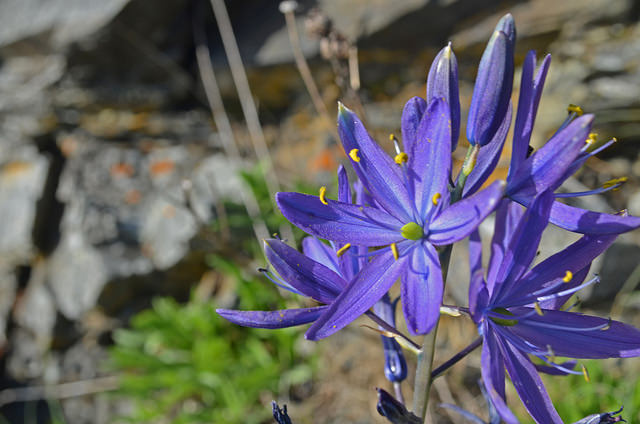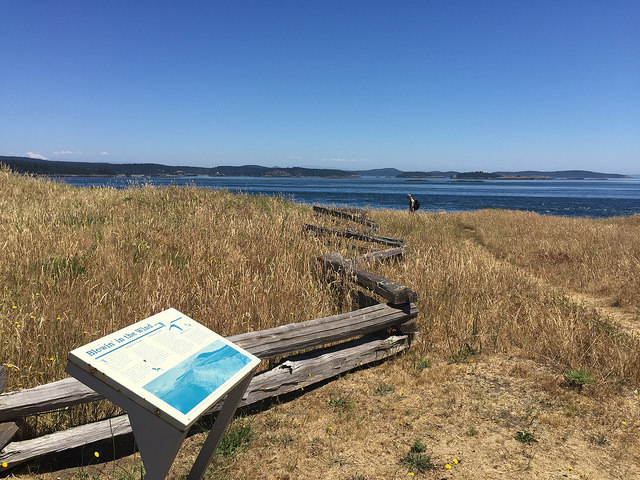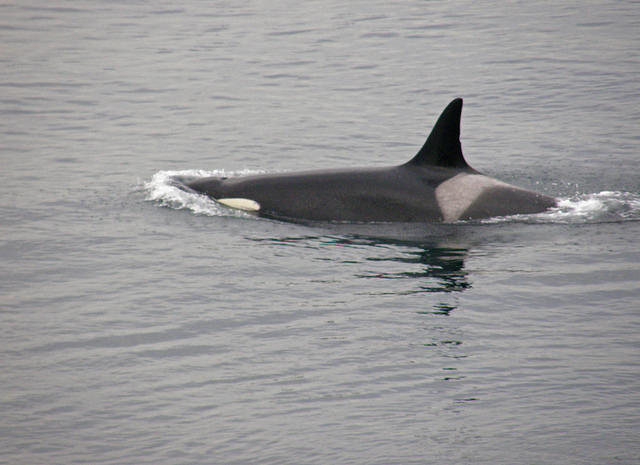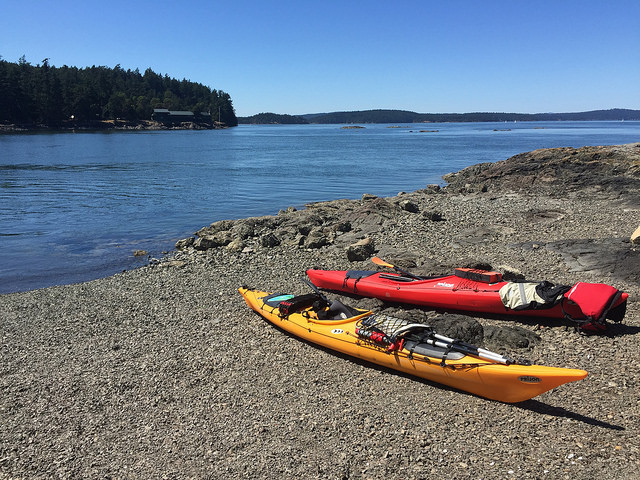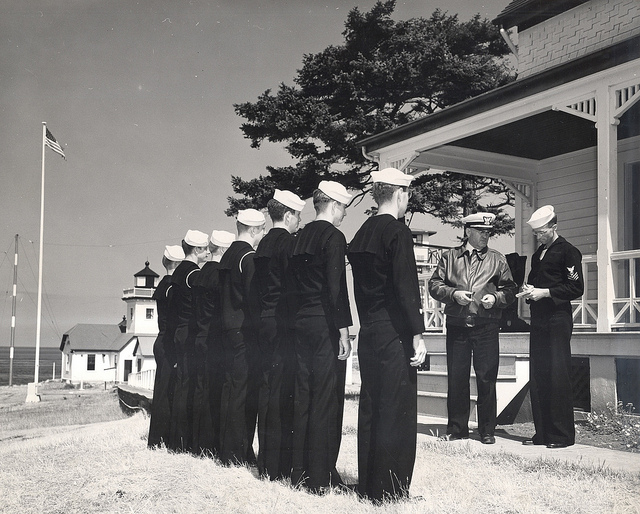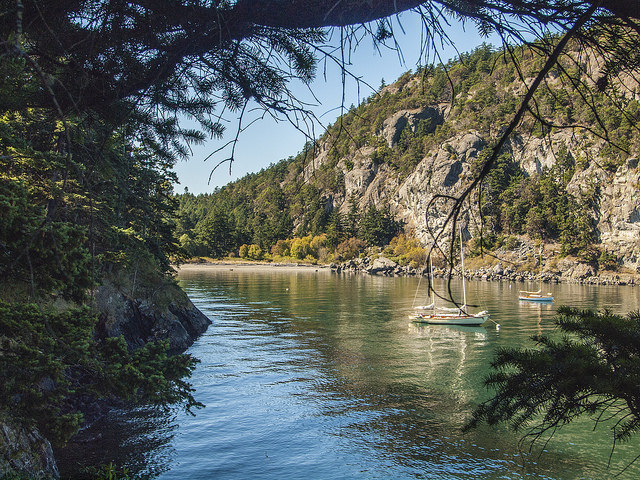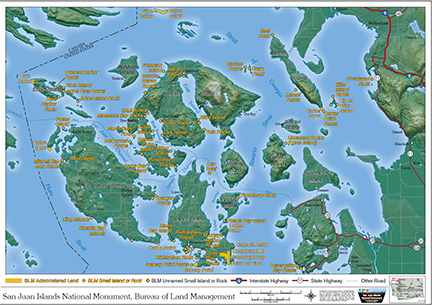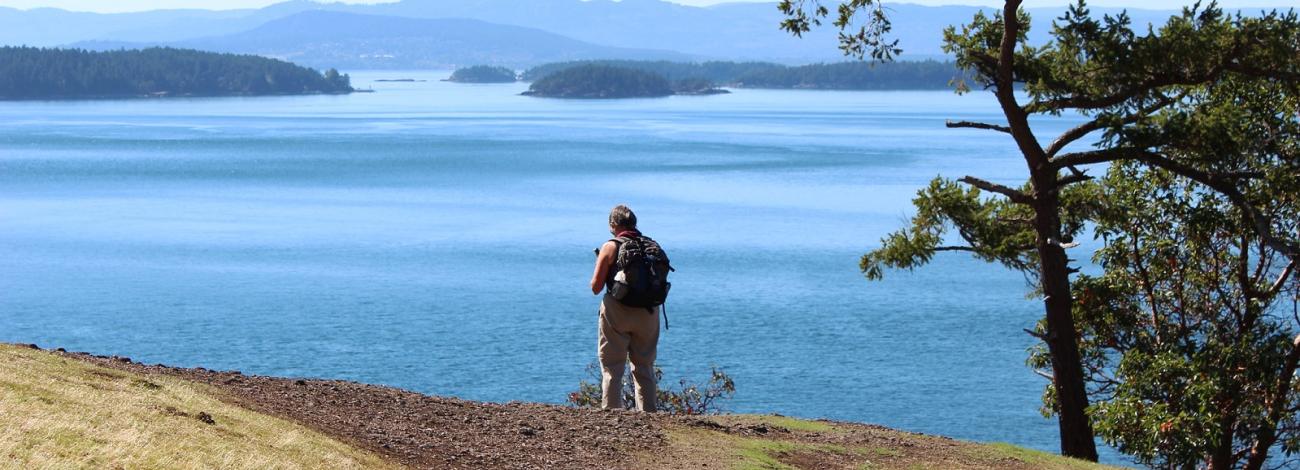
San Juan Islands National Monument
Situated in the northern reaches of Washington State's Puget Sound, the San Juan Islands are a uniquely beautiful archipelago of over 450 islands, rocks, and pinnacles. The new San Juan Islands National Monument encompasses approximately 1,000 acres of land spread across many of these rocks and islands and managed by the Department of the Interior's Bureau of Land Management. Drawing visitors from around the world, this is a landscape of unmatched contrasts, where forests seem to spring from gray rock and distant, snow-capped peaks provide the backdrop for sandy beaches. The San Juan Islands National Monument is a trove of scientific and historic treasures, a refuge for an array of wildlife, and a classroom for generations of Americans.
On March 25, 2013, President Obama signed a proclamation to designate the San Juan Islands National Monument. The proclamation states that, "The protection of these lands in the San Juan Islands will maintain their historical and cultural significance and enhance their unique and varied natural and scientific resources, for the benefit of all Americans."
- Contact Us
-
The San Juan Islands National Monument office is located at 650 Mullis Street Suite 100, Friday Harbor, WA 98250 and may be reached by phone at 509-220-5976.
- Directions
-
Directions to the San Juan National Monument from Seattle:
Take I-5 N toward Vancouver BC, take exit 230 for WA-20 toward Burlington/Anacortes/Skagit Airport, then turn left onto State Route 20 W/WA-20 W/Avon Cutoff, continue to follow State Route 20 W/WA-20 W, then continue onto WA-20 Spur W, at the traffic circle, take the 1st exit onto Commercial Ave, then turn left onto 12th St, continue onto Oakes Ave, take slight right onto Ferry Terminal Rd, continue onto Anacortes Ferry Terminal (from here take applicable ferry to the island you want to visit).
- Partnerships
-
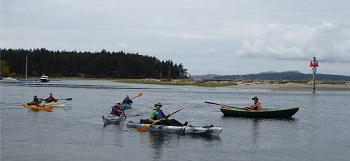
The community has a long history of interest and involvement in protecting the BLM-administered public lands in the San Juan Islands. Until the 1970s, the BLM had generally disposed of lands in western Washington, including the San Juan Islands. In the mid-1970s, when the San Juan Island community learned that the BLM was considering transferring Point Colville on Lopez Island to Washington State Parks Department, they contacted the BLM and encouraged the BLM to retain and actively manage lands in the San Juan Islands. As a result, the BLM changed policies to retain lands on the San Juan Islands and began a fruitful relationship with the local community based on shared appreciation and responsibility for the public lands in the San Juan Islands.
Over the ensuing 50 years, the BLM and the community have worked together, through active management and judicious land acquisitions, to conserve the natural resources of the San Juan Islands. The community has continued to express support for the BLM managing the public lands in active partnership with the community, and pushed for the National Monument designation.
The BLM relies on partnerships and volunteers to help manage public lands in the San Juan Islands National Monument. Two BLM employees stationed in the islands, supported by the Spokane District staff, work with more than 60 individuals and organizations to monitor, maintain, and manage the BLM-administered public lands.
The Monument relies on partnerships with organizations such as the Turn Point Lighthouse Preservation Society and Keepers of the Patos Light (two 501(c)3 friends groups focused on preserving and restoring two BLM-administered lighthouses/stations), Lopez Island Conservation Corps (a volunteer conservation corps comprised of local community youth assisting the BLM with projects on public lands), and Washington State Parks (a state agency that manages recreation facilities on several BLM-administered parcels through a cooperative agreement). These partners and local community members are interested in and supportive of long-term conservation of the San Juan Islands National Monument. They have been instrumental in the Resource Management Plan process which will guide cultural, conservation, restoration and other management projects for at least 20 years.
- Recreation Opportunities
-
The San Juan Islands National Monument offers world-class recreation for residents and visitors to the San Juan Archipelago. It is estimated more than 500,000 people visit the islands each year. The BLM-administered lands—approximately 1,000 acres—provide a rare opportunity for visitors to experience and appreciate, from land and sea, the natural beauty and diversity of an undeveloped island landscape. Hikers, kayakers, photographers, campers and nature enthusiasts can enjoy the variety of plants and wildlife or visit one of the three light stations on or surrounded by BLM-administered lands.
Blind Island
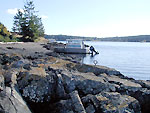 Blind Island is a small, three-acre marine camping park located on the north side of Shaw Island. All of the campsites are offered on a first-come, first-served basis and are for the exclusive use of boaters arriving by human- or wind-powered watercraft. Recreation activities include camping, picniking, non-motorized boating, and wildlife watching. The BLM cooperatively manages the area with Washington State Parks. Blind Island is very primitive there is no fresh water available onsite. Access can be challenging due to the rocky and shallow landing.
Blind Island is a small, three-acre marine camping park located on the north side of Shaw Island. All of the campsites are offered on a first-come, first-served basis and are for the exclusive use of boaters arriving by human- or wind-powered watercraft. Recreation activities include camping, picniking, non-motorized boating, and wildlife watching. The BLM cooperatively manages the area with Washington State Parks. Blind Island is very primitive there is no fresh water available onsite. Access can be challenging due to the rocky and shallow landing.Cattle Point
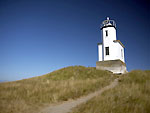 Cattle Point offers sweeping vistas of rugged, sandy bluffs, San Juan Island's south shores and the Strait of Juan De Fuca. The stunning backdrop of nearby islands, the Olympic Mountains, and the Salish Sea make the Cattle Point Lighthouse one of the most photographed lighthouses in Washington State.
Cattle Point offers sweeping vistas of rugged, sandy bluffs, San Juan Island's south shores and the Strait of Juan De Fuca. The stunning backdrop of nearby islands, the Olympic Mountains, and the Salish Sea make the Cattle Point Lighthouse one of the most photographed lighthouses in Washington State.Patos Island
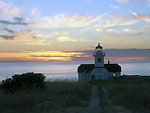 Patos Island, a wild and remote 200-acre island, is the northwestern-most point in the lower 48 states. Patos Island Lighthouse, built in 1893, stands on the western-most end of the island, providing light and reference to mariners. The mountains of Canada and the Cascade and Olympic mountain ranges provide scenic backdrops to this special area. Recreational activities include hiking, camping, boating, sea kayaking, watching wildlife, and viewing wildflowers along the beaches, wooded areas and at overlooks.
Patos Island, a wild and remote 200-acre island, is the northwestern-most point in the lower 48 states. Patos Island Lighthouse, built in 1893, stands on the western-most end of the island, providing light and reference to mariners. The mountains of Canada and the Cascade and Olympic mountain ranges provide scenic backdrops to this special area. Recreational activities include hiking, camping, boating, sea kayaking, watching wildlife, and viewing wildflowers along the beaches, wooded areas and at overlooks.Point Colville
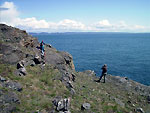
Point Colville is located on the southeast corner of Lopez Island, the third largest island in the San Juan Archipelago. Visitors can explore extensive coniferous and broad-leafed forests, fescue grassland, sizable wetland communities, a secluded beach, and an exposed rocky shoreline.
Turn Point
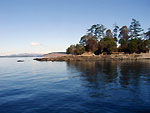
With its commanding view of Haro Strait and the Canadian Gulf Island and Orca Whales, Turn Point offers wonderful opportunities for photographers and visitors who appreciate nature and history. The nearby Canadian and Olympic Mountains provide wonderful scenic backdrops to this special area. The Turn Point Lightstation built in 1893, stands on the western most end of Stuart Island, providing light and reference to mariners of the Salish Sea.
Watmough Bay
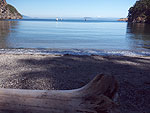
Watmough Bay (or Bight) is located at the southeast corner of Lopez Island. Watmough Bay and the adjoining Point Colville, support extensive coniferous and broad-leafed forests, fescue grassland, sizable wetland communities, breath-taking views, and rocky headlands, but Watmough Bay is best known for its beautiful beach.

